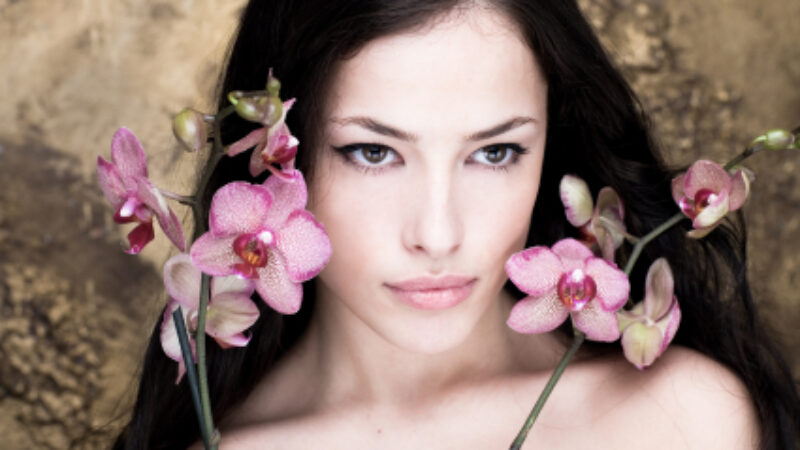 Oil of oregano is comes from a species of wild oregano that grows in remote mountainous regions. It has been shown to possess potent activity against a range of organisms including yeast and bacteria. For this reason, it is used both internally and topically to treat a range of health conditions including the skin.
Oil of oregano is comes from a species of wild oregano that grows in remote mountainous regions. It has been shown to possess potent activity against a range of organisms including yeast and bacteria. For this reason, it is used both internally and topically to treat a range of health conditions including the skin.
Where Does Oil of Oregano Come From?
The highest quality oil of oregano comes from the leaves of flowering oregano plants that are grown in the wild, without the use of chemicals. Leaves are picked when the plant contains the greatest concentration of essential oil, which is the source of active ingredients. Oil of oregano comes from the species Origanum vulgare and should not be confused with the common household variety of oregano, Oregano marjoram.
Oil of Oregano Active Ingredients
The essential oil distilled from oregano leaves contains varying amounts of the compounds thymol and carvacrol which can constitute as much as 90% of the oil. When purchasing oregano oil, purchase from a reputable company – many sources do not contain oil from the Origanum vulgare species. As well, companies may use different extraction techniques, which can involve the use of solvents, decreasing the quality of the oil and increasing the risk of contamination. Oil of oregano is almost always mixed with a carrier oil such as almond or olive oil as full strength oil of oregano is extremely irritating both externally or internally.
Oil of Oregano and Skin
Some of the components of oil of oregano have been shown to have strong antifungal and anthelmintic (anti-worming) actions. It has also demonstrated antibacterial action. While there is nothing in the way of clinical studies to prove its efficacy, oil of oregano has been shown to be useful in treating the following skin conditions:
- Athlete’s foot
- Toenail/fingernail fungus
- Acne – if it is caused by bacteria. Since oil of oregano is comedogenic (just what you don’t want when treating acne), it may be best to take it internally for this condition.
Oil of Oregano Dosing and Side Effects
Dosing is dependent on whether the oil is being used internally or externally. Follow manufacturer’s directions. Typical dosing is 1 to 4 drops or capsules, 1 to 4 times daily. If taking internally, it is best consumed with food to decrease the potential for irritation.
Oil of oregano tends to be well tolerated if used as directed. It should be used with caution if you are allergic to the lamiaceae family (including basil, sage, mint, hyssop, lavender, thyme, rosemary and other herbs). Since it may contribute to blood thinning, consult a health care practitioner prior to use if you are taking blood-thinning medications, aspirin, or NSAIDs.



